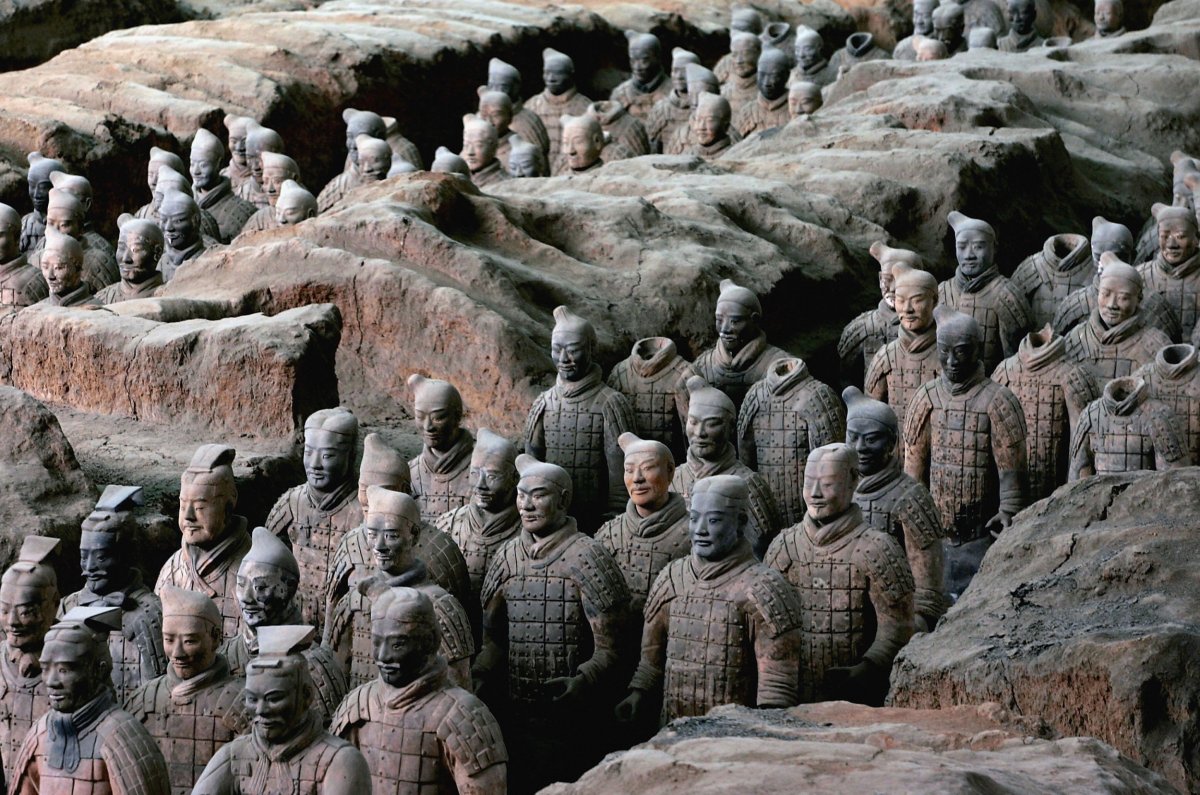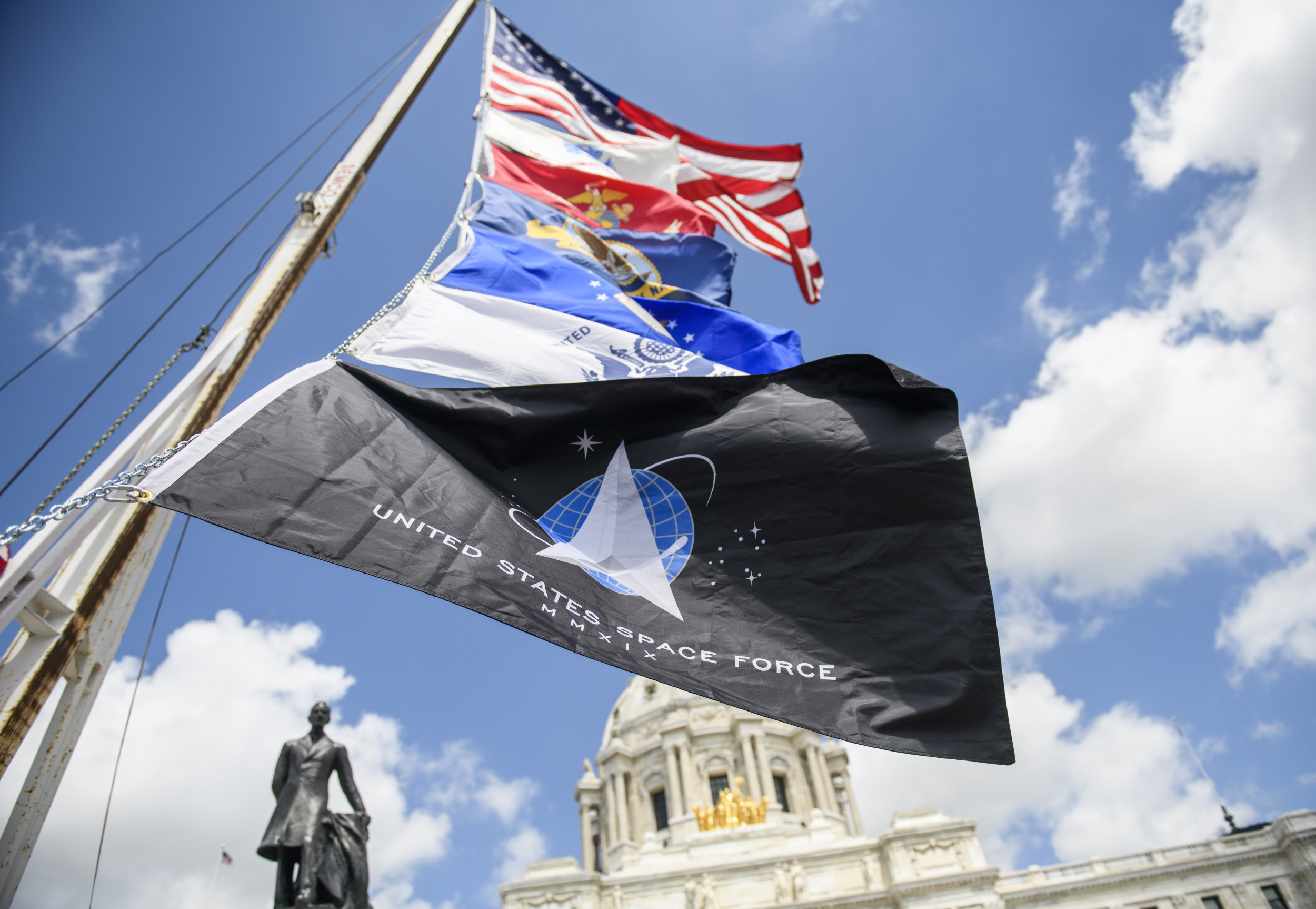Around 200 more warriors from ancient China's Terracotta Army have been unearthed at the tomb of Emperor Qin Shi Huang.
Archaeologists also discovered 12 clay horses, the remains of two chariots, bronze swords, bows and colored shields at the site.
The discovery, announced by the state-run Xinhua News Agency, was made during the latest round of excavations of No. 1 Pit in an area covering 400 square meters (4,300 square feet).
Shen Maosheng, who led the dig, said most of the newly found warriors can be divided into two groups. One group is carrying poles, while the other carries bows.
The Terracotta Army was built around 2,200 years ago to protect Emperor Qin Shi Huang in the afterlife. The army, which consists of an estimated 8,000 soldiers, over 500 horses and 130 chariots, was assembled in three main pits near to the emperor's mausoleum.
It was first discovered in 1974 by farmers digging in northwest China. Excavations soon revealed a huge complex with thousands of soldiers, each with individual features. The tomb is believed to span around 38 square miles and, along with the Terracotta Army, contains a mass grave of laborers and craftsmen. The complex is believed to have taken around 30 years to build.
Archaeologists launched a new excavation at No.1 Pit in 2009. The 200 new warriors were found as part of this effort. This project aimed to better understand the military service system and equipment used by the Qin Dynasty army.
According to Xinhua, No.1 Pit contains 6,000 clay warriors and horses. It is estimated to be 750-feet long and 200-feet wide.
Scientists are still working to understand how this vast army was created. Last year, researchers led by Marcos Martinon-Torres, from the Department of Archaeology at the U.K.'s University of Cambridge, announced that the weapons at the site had been remarkably well-preserved because of the natural conditions in the pits where they were buried. Previously, it had been suggested that they had been coated in some sort of advanced, anti-rust technology.
"In some ways the Terracotta Army feels like an extraordinary playground for archaeologists: It is large, complex, well-preserved, meticulously excavated and great fun," he told Newsweek at the time. "It raises countless questions that demand tailor-made collaborative approaches and keep all of us amused."
While the Qin Dynasty lasted just 15 years, it was the first time China was ruled as a unified country. As well as the Terracotta Army, Emperor Qin Shi Huang was also responsible for the construction of the Great Wall of China.

Uncommon Knowledge
Newsweek is committed to challenging conventional wisdom and finding connections in the search for common ground.
Newsweek is committed to challenging conventional wisdom and finding connections in the search for common ground.
About the writer
Hannah Osborne is Nesweek's Science Editor, based in London, UK. Hannah joined Newsweek in 2017 from IBTimes UK. She is ... Read more
To read how Newsweek uses AI as a newsroom tool, Click here.








